In fairytales, vampires have long fangs, sleep in coffins and can transform into dark nightly creatures. But this is not a fairytale. This about real monsters, dragons and vampires. It’s a story of how people got the chance to meet the devil.
I never met the devil. But I knew I had to visit Transylvania to meet the people who have.
Romania is perhaps the most ironic country I’ve ever seen. For a country which is extremely orthodox, everything within its borders is highly unorthodox. Its capital city, Bucharest represents the definitions of disarray. Hectic streets lined with tall, grey, communist blocks, vibrating from the constant noises of car horns. Endless networks of boulevards and avenues packed with colourful cars and disoriented pedestrians.
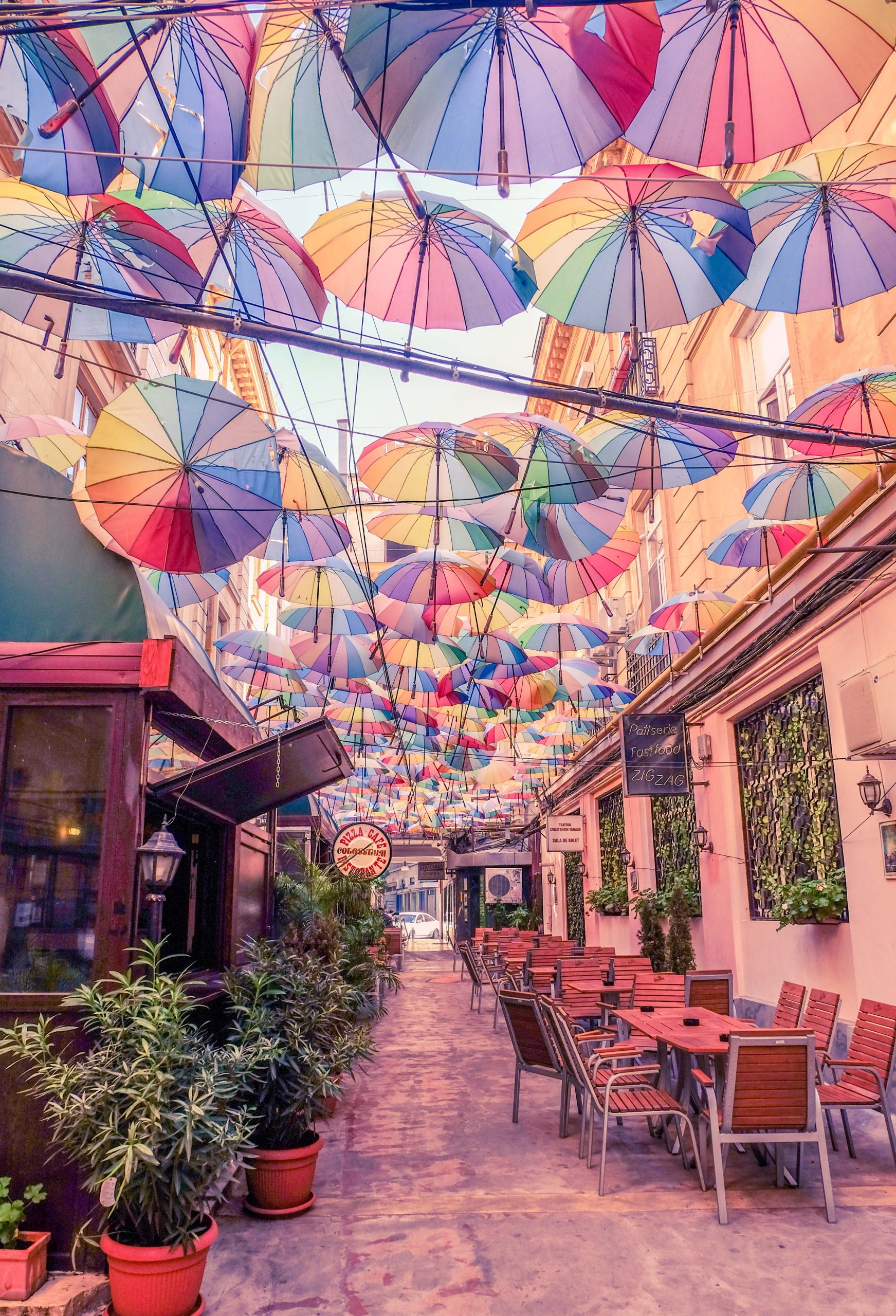

Visit Transylvania
Beyond the chaotic capital city, lies an unexpected path, dotted with villages trapped in time. Towards the great North, the landscape starts to change, and every minute of every hour of your journey unravels a new, unforeseen sight.
As you leave Bucharest towards Brasov, you’ll be welcomed by perfectly aligned agrarian lands, of corn, wheat, rapeseed and sunflower. Drenched in sunlight, these areas are the real version of Van Gogh’s fields paintings. As you continue your drive, slight hilly formations will start to take shape in the distance. You’ll pass unfamiliar cities and industrial towns, with old rusty factories which are ghosts of the country’s communist past.
A couple of hours of marvel later, you would have entered Transylvania, a large region in the centre of the country. A source of wonder, fairytales and stories, but also dispute, monsters and nightmares.
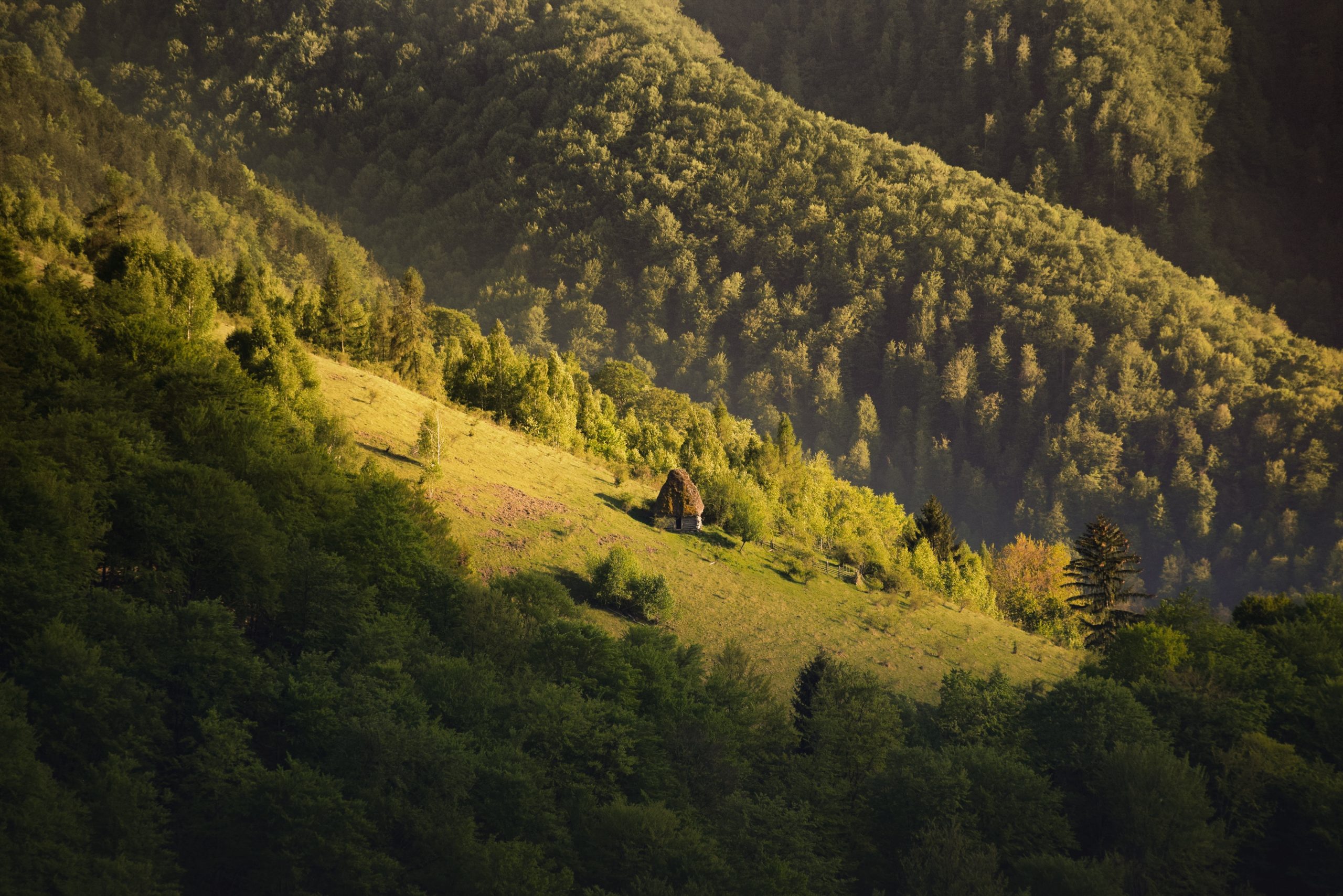
Marvel at Transylvania
Transylvania is bordered by the Carpathian mountains and to enter the region, you have to cross various alpine cities, most of which are well known holiday destinations for outdoors lovers. I used to visit these places during most of my childhood. A quick glance at our old photo albums and you will see a mini version of me running around freely on green meadows, rugged mountains and steep terrain. Life was great back then. Children don’t know much about the hardship of the country. Romania was a source of endless inspiration, nostalgia and freedom. Naivety was my secret advantage, as ultimately, I can honestly say I had the happiest childhood in the world.
Visiting Transylvania as an adult is a different affair. Older generations are now crooked by the hardships of their past. A hundred years of silent disputes create an identity crisis. But travellers don’t have to concern themselves with all these. They are welcomed in Transylvanian houses by wrinkled old ladies with traditional kerchiefs, girdles and woolly boots. According to Romanian customs, a guest must be greeted with a genuine smile, home-made bread and salt.
The bread signifies the wealth of the fields and the salt was once upon a time a very expensive commodity. There are many religious symbols behind this tradition as well.
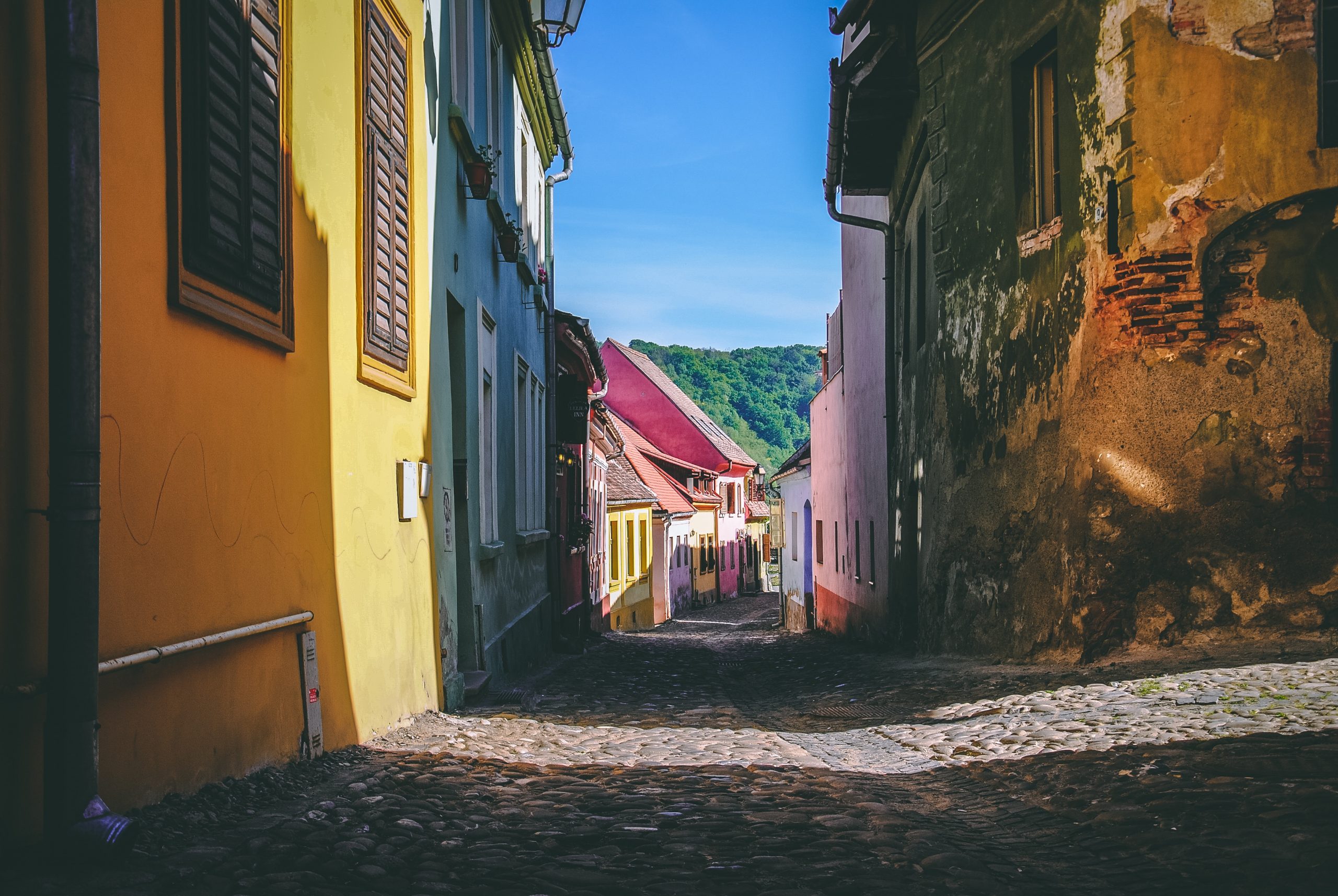
Life in Transylvania
Visiting Transylvania will awaken your senses. A quick journey through the narrow alleys of an old Transylvanian village will reveal the most unusual houses: some are coated in colourful plaster, while other are wooden sculptures deemed to be held in museums. Most porches are decorated with strings of garlic, further fueling the myths of legends of local vampires. Old people sit quietly on old and tired green benches in front of their homes, looking at the passers-by. They sometimes look like the spirits of the past, lost in their own memories and imagination.
Some villagers make a living by working their land, a living and breathing vocation, known to Romanians since the dawn of time. You’ll find locals selling fresh produce for pennies. Stop and buy their potatoes, melons and apples. You’ll be rewarded with the true taste of organic fruits and veg, whilst supporting families for months to come. Romanian honey from Transylvania is amongst the best in the world. Go for acacia honey, one of the best medicine known to man.
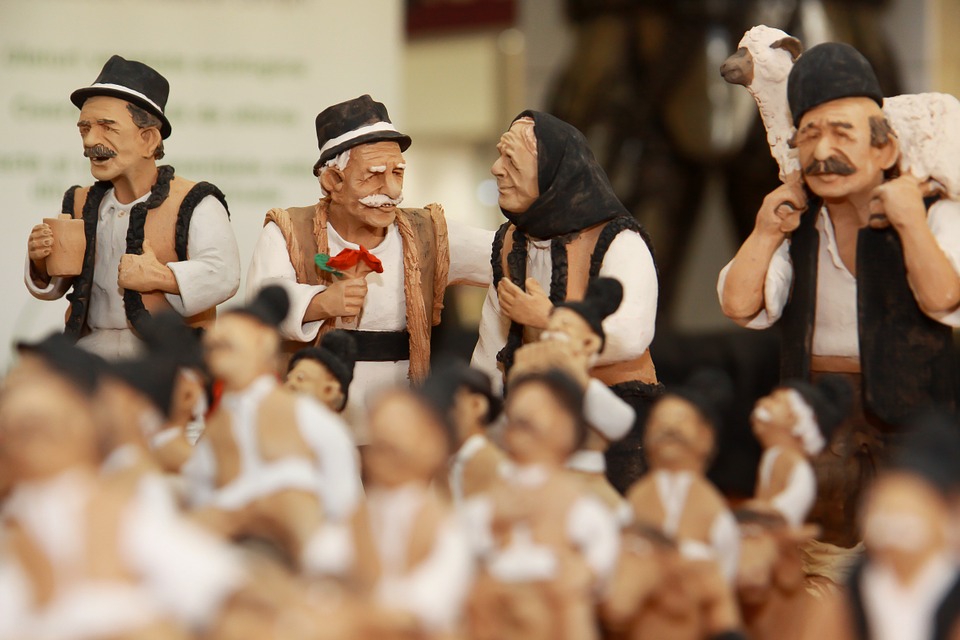
Bran in Transylvania
The heart of Transylvania is known to be Bran. Not geographically speaking, but thanks to Bram Stocker’s unparalleled imagination. Dracula, as we know him, was the source of an Englishman’s creativity, inspired by the Whitby Abbey. Stocker never visited Romania, but he heard tales of a monster called Vlad Tepes, or Vlad Dracul (the devil). And so, a little fancy sprinkled with historic rumours, created the most well known legendary character in literature: Dracula.
Tales of vampires were the staple of my childhood. What girl wouldn’t dream of romantic gothic stories, promises of eternity, damnation and adventure? Years later, I was disappointed to learn the true nature of Transilvania’s myths: dramatic stories painted over the wild and turbulent historical facts of the region. Dracula was a real man, not a vampire who could be cast away with silver and garlic, but an evil ruler with a true appetite for blood.
Transylvania is a place of many contrasts. Sit down with a historian and learn how Transylvania was the rogue land of chaos. Sit down with a local in Transylvania and learn about a mythical place of unparalleled beauty where dark creatures still roam.

Of monsters and men
Visit Transylvania in search of Dracula, or Vlad the Impaler as we call him.
Vlad the Impaler was a monster. Vlad the Impaler was a hero. We are yet to know if our deep love for Vlad springs from the national pride that Dracula is ours, or because of the harsh punishment he administered to our enemies.
Vlad the Impaler was the son of Vlad II (Vlad the Dragon), a member of the Order of the Dragon. Because of his father’s nickname, Vlad the Impaler was known as the son of Dragul (the son of the Dragon, which in Romanian translation also means the son of the Devil). Vlad’s reputation for cruelty and his patronymic eventually inspired the name of the vampire Count Dracula.

Source: Wikipedia
They say Vlad the Impaler used to enjoy his dinner in front of a field full of impelled prisoners. Not your typical relaxing alfresco dining experience, yet he became known for his monstrosities. He became feared by other rulers and known as Vlad Dracul (the devil): a convenient title to have in a world of wars and bloody disputes. One name can make a man invincible.
Our Vlad, however, was not invincible. He died in December 1476 fighting the enemy. Yet, his legend will forever live, thanks to his vampire legacy.
Dracula remains a fictional character, yet people’s imagination continues to fuel curiosity. Many visit Transylvania for Halloween but this experience is nothing but a novelty. Tourists and travellers looking to see bats flying over Bran Castle, vampires and spirits taking over the region will be disappointed. However, the history of the region, with all its turbulent past, an amalgam of cultures and traditions most certainly deserve your visit. Visit Transylvania. Visit the Bran Castle. Then drive away towards the endless meadows. Hike Transylvania’s most remote mountains and photograph its hidden waterfalls.

Epilogue
The drive back to Bucharest is always one of turmoil. Part of me lives in Transylvania, spiritually. Despite all factual historical events, my imagination refuses to bend over to logic. I still believe there are witches hidden in the deepest forests, monsters which lurk at night and idiosyncratic ghosts of the past that represent Transylvania, as a peculiar, magical region.

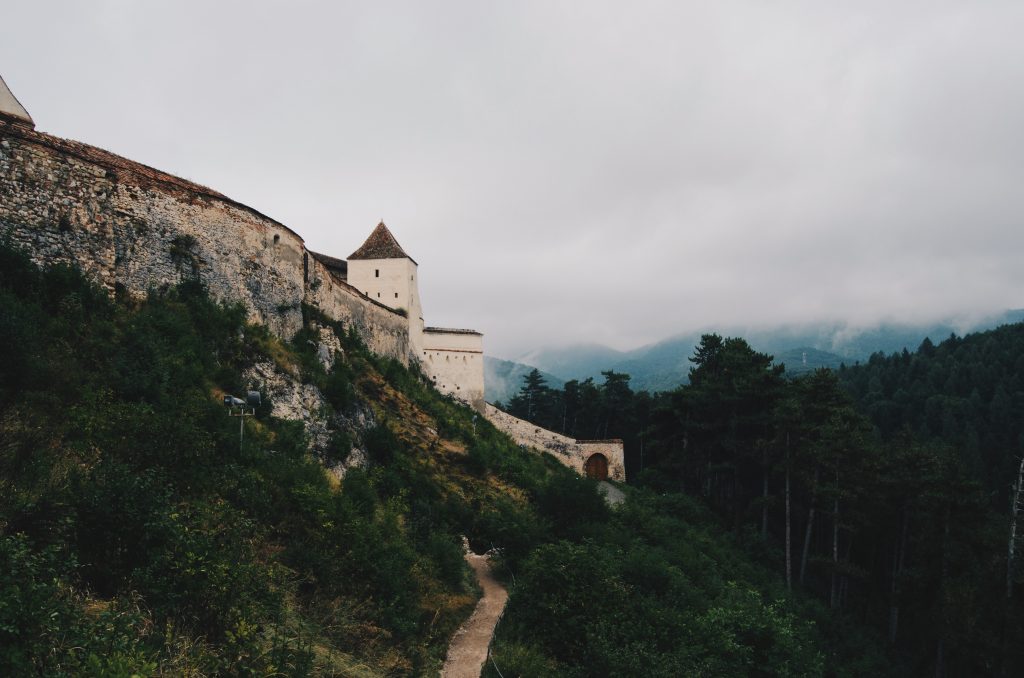
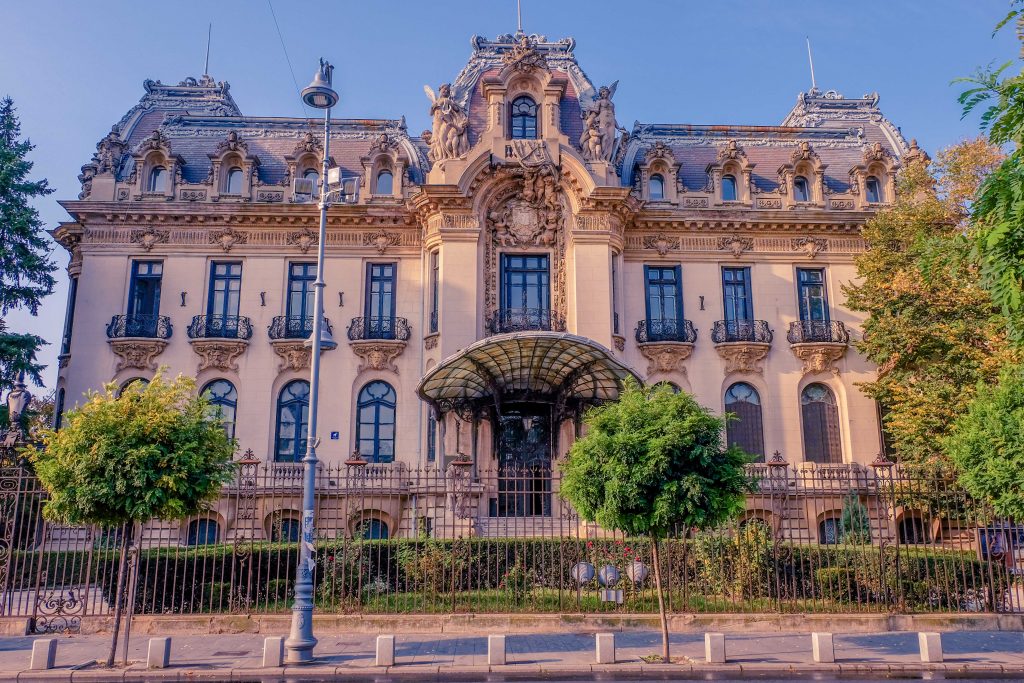
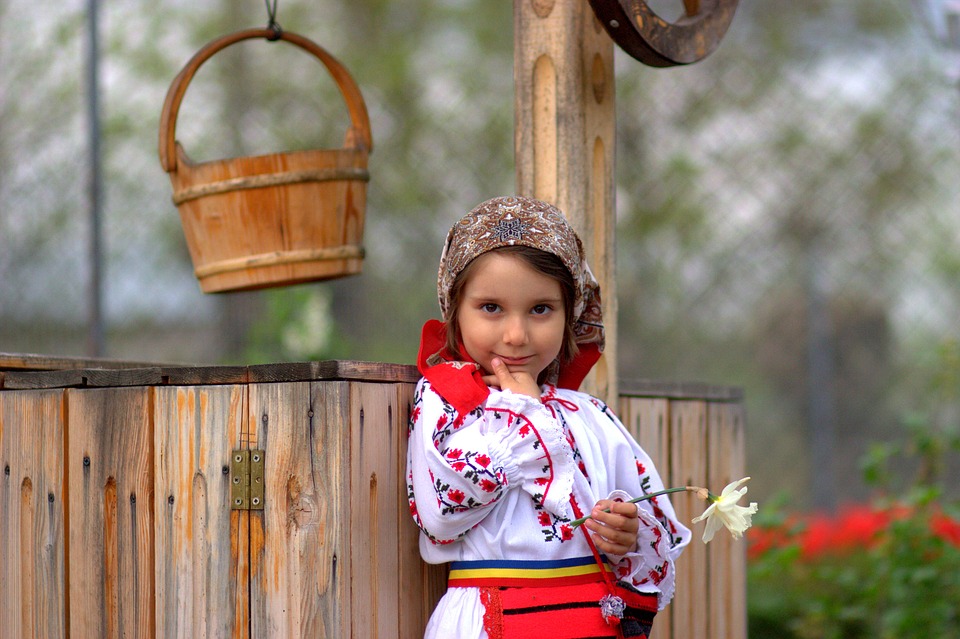
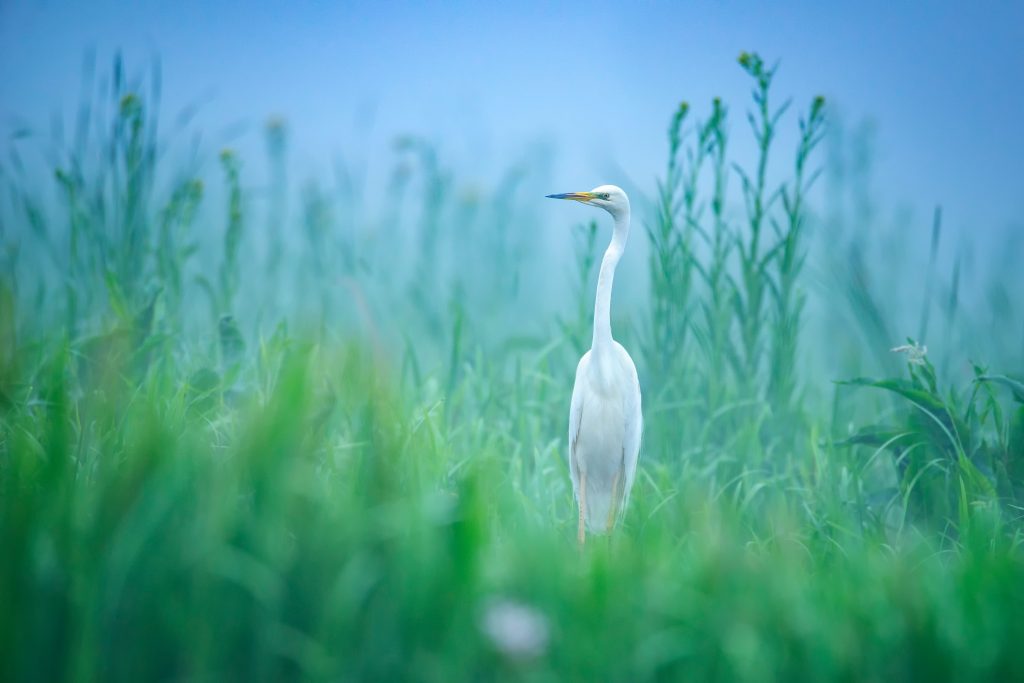
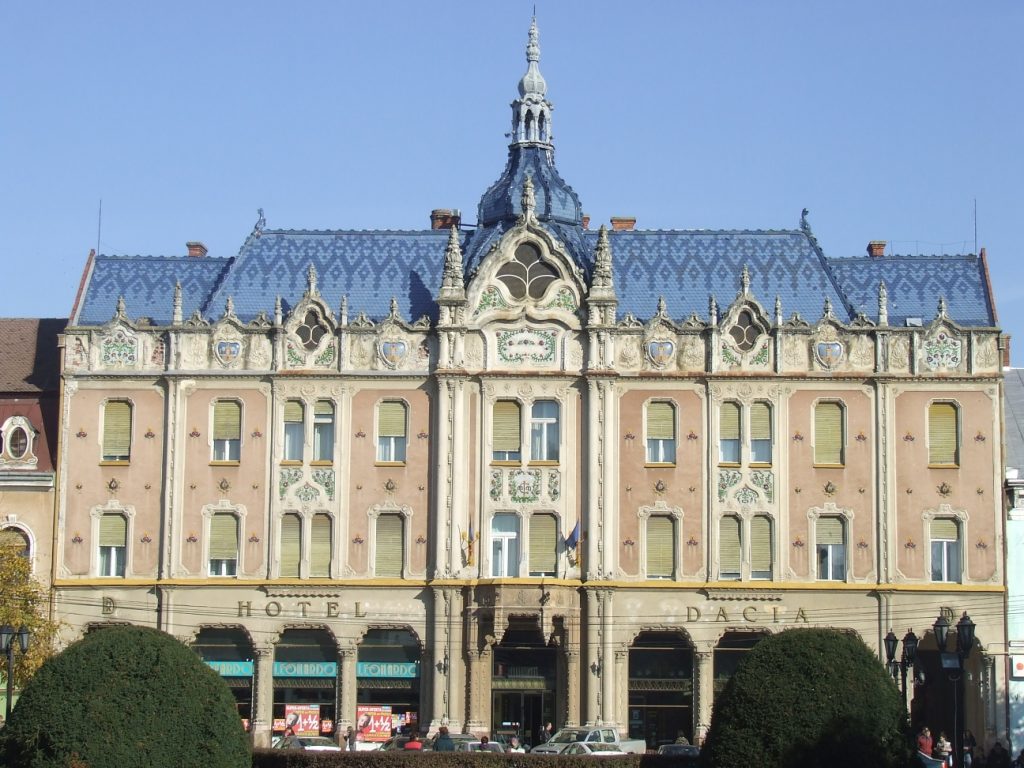



Leave a Reply